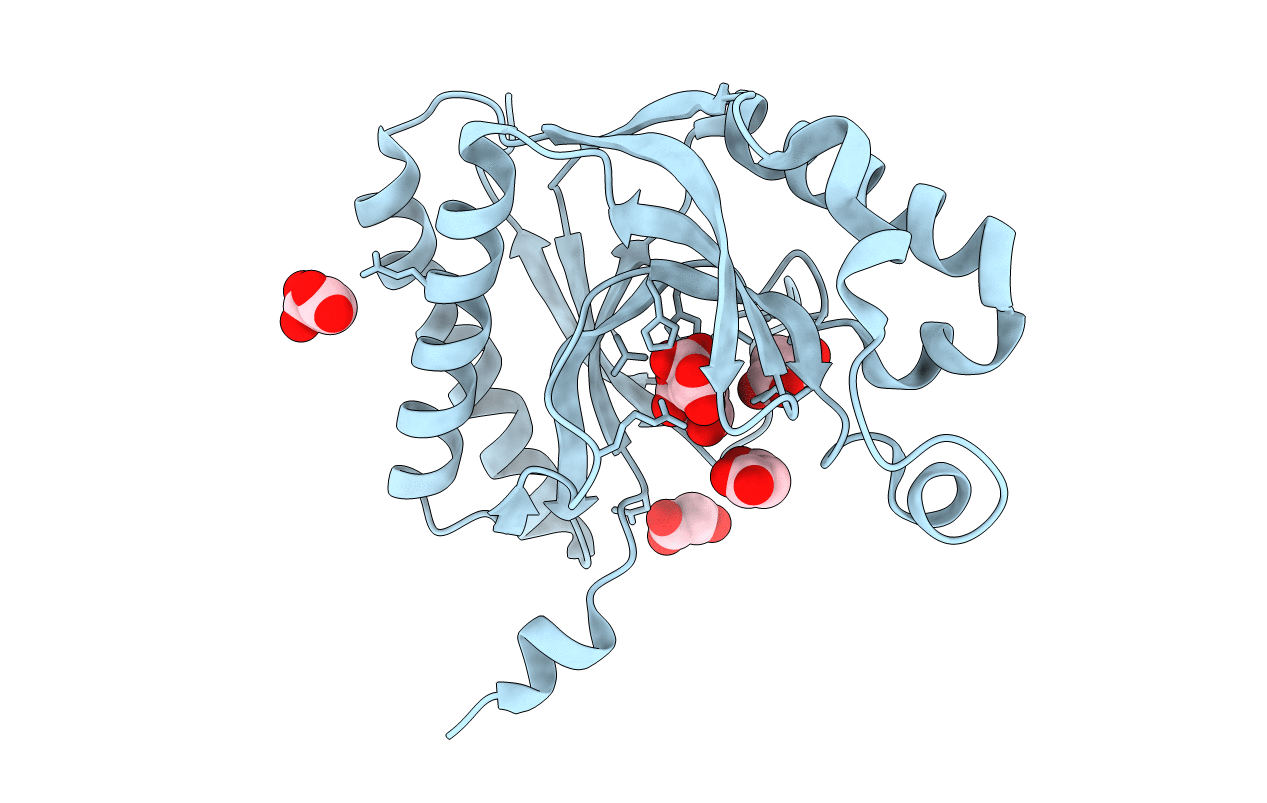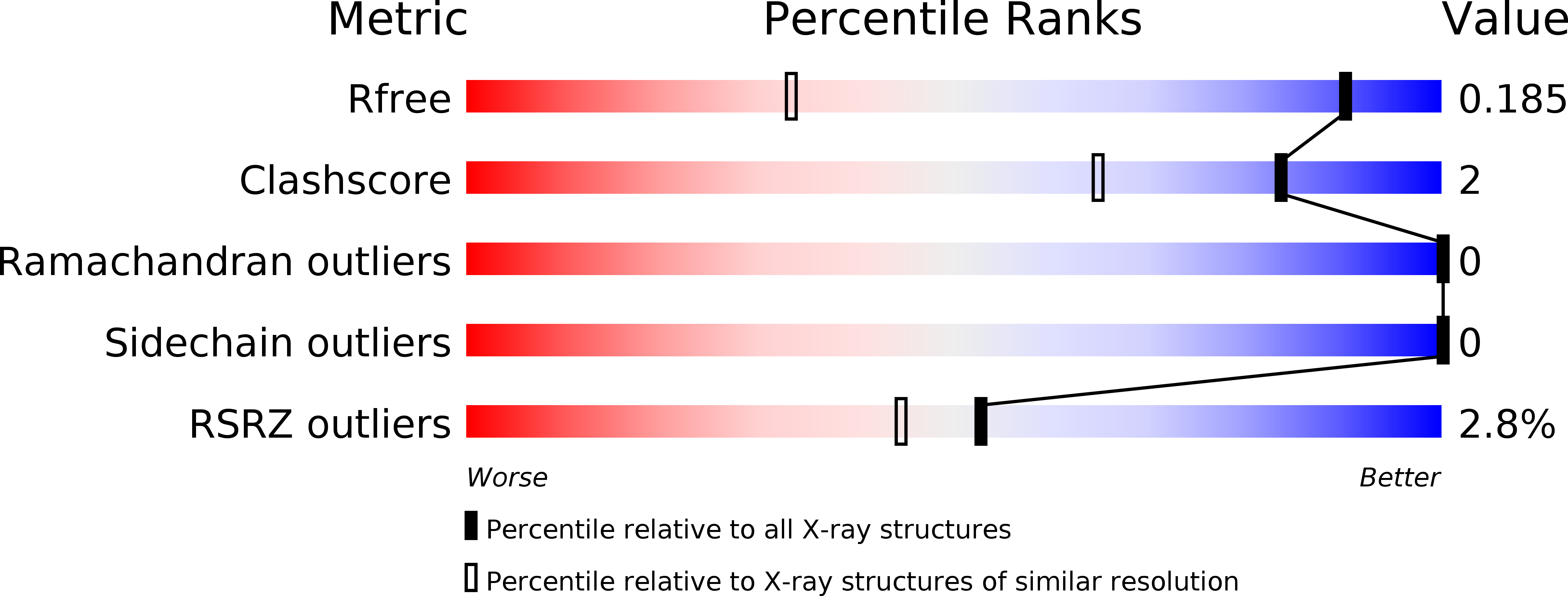
Deposition Date
2016-04-22
Release Date
2016-08-03
Last Version Date
2024-01-10
Entry Detail
PDB ID:
5JJ2
Keywords:
Title:
Crystal structure of the central domain of human AKAP18 gamma/delta in complex with malonate
Biological Source:
Source Organism:
Homo sapiens (Taxon ID: 9606)
Host Organism:
Method Details:
Experimental Method:
Resolution:
1.25 Å
R-Value Free:
0.18
R-Value Work:
0.16
R-Value Observed:
0.16
Space Group:
P 21 21 21


